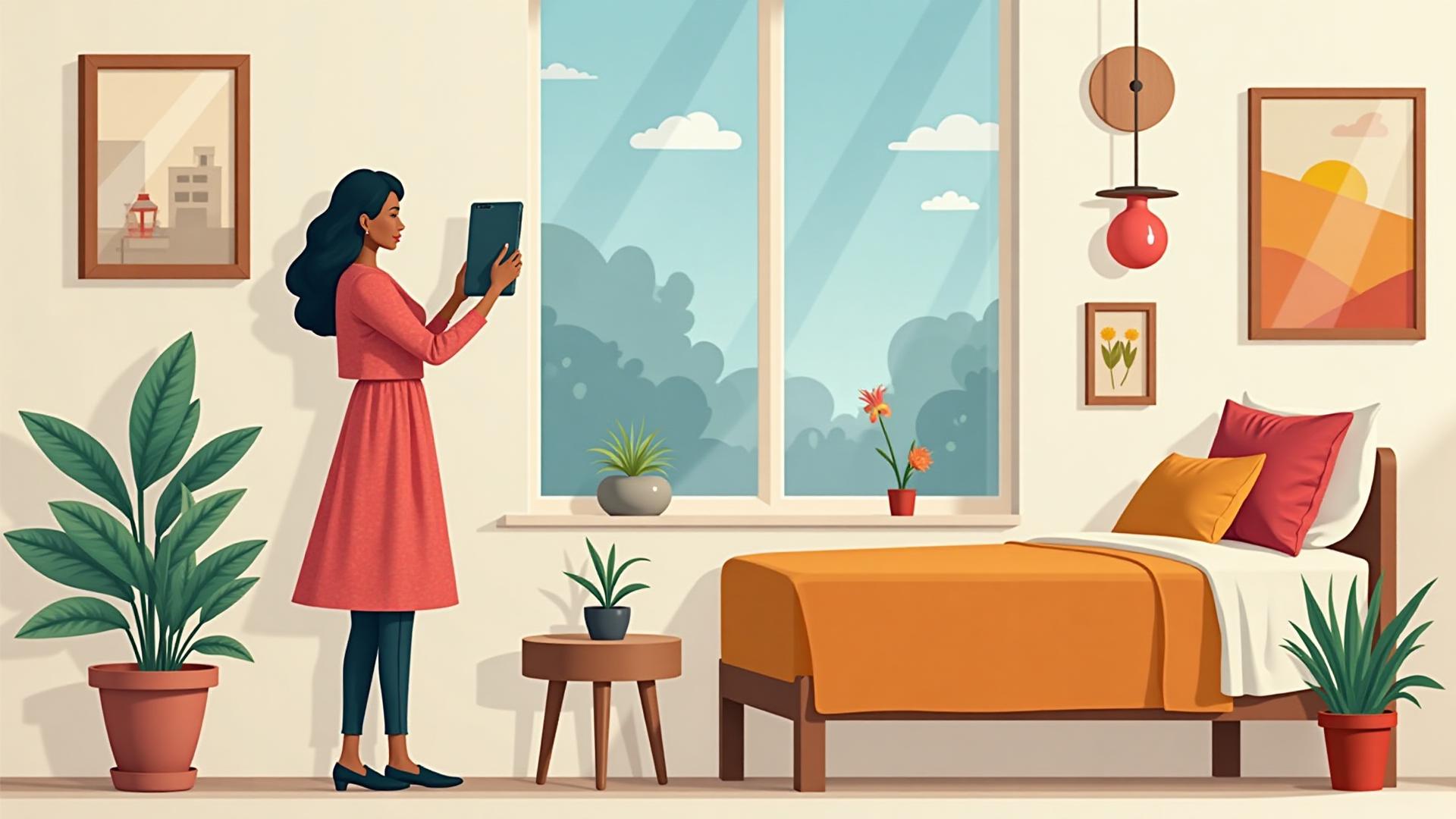The Problem That Started It All
In October 2007, Brian Chesky and Joe Gebbia were struggling to pay rent for their San Francisco apartment. A design conference was coming to town, and hotels were fully booked.
They had an idea: what if they could rent out air mattresses in their living room to conference attendees who needed a place to stay?
This simple solution to their own problem became the foundation of what would eventually become Airbnb - a company that would disrupt the entire hospitality industry.
 The MVP: AirBed & Breakfast
The MVP: AirBed & Breakfast
The original MVP was incredibly simple - and that was exactly the point. Here's what the founders did:
The First Airbnb Experience:
-
Put three air mattresses in their living room
-
Created a basic website called 'AirBed & Breakfast'
-
Offered breakfast and local city guidance to guests
-
Charged $80 per night per guest
-
Hosted three guests during the design conference
-
Made enough to pay their rent that month
More importantly, they learned something crucial: their guests weren't just looking for a cheap place to sleep. They wanted an authentic, local experience and a personal connection with their hosts.
The Rocky Road to Success
Airbnb's path wasn't smooth. After their initial success, they faced significant challenges:
Challenge #1: The Slow Start
After the conference, bookings dried up. For months, they made almost no money. The concept only worked during major events when hotels were full.
Challenge #2: Poor Photography
Listings had terrible photos. People were using camera phones to take dark, blurry pictures that didn't showcase their spaces well.
Challenge #3: Funding Struggles
Investors rejected them repeatedly. The concept was too weird, too niche. They were running out of money.
The Growth Timeline
The Birth of an Idea
Chesky and Gebbia rent out air mattresses to make rent money during a design conference
Official Launch
Launched during SXSW conference in Austin, but bookings remained slow
The Cereal Fundraising
Sold election-themed cereal boxes to raise $30,000 and stay afloat
Y Combinator Acceptance
Got into Y Combinator startup accelerator, pivoted focus to user experience
The Photography Experiment
Started offering professional photography service; revenue doubled in markets they tested
International Expansion
Expanded to Europe and began aggressive global growth strategy
Unicorn Status
Reached $10 billion valuation, becoming one of the most valuable startups
IPO Success
Went public during pandemic at $100+ billion valuation
What Made Airbnb Succeed
They Were Their Own First Customers
By using their own product first, they deeply understood both the host and guest experience. This led to better product decisions and authentic empathy for user needs.
Obsession With Quality
The photography initiative showed they cared about the smallest details. They didn't just build software - they understood that great photos were critical to trust and bookings.
Persistence Through Failure
Most companies would have quit after the slow start and investor rejections. Airbnb's founders kept iterating, trying creative solutions, and believing in their vision.
Building Trust & Community
They solved the fundamental trust problem of staying in a stranger's home through verified photos, reviews, secure payments, and insurance policies.
"Build something 100 people love, not something 1 million people kind of like. It's better to have 100 people who love you than a million people who just sort of like you."— Brian Chesky, Co-founder & CEO of Airbnb
Key Lessons from Airbnb's Journey
Start with your own problem
The best products often solve problems you personally experience
Your first version doesn't need to scale
Three air mattresses was enough to validate the concept
Do things that don't scale early on
Taking photos door-to-door taught them what mattered to users
Rejection doesn't mean failure
Every major investor passed initially - they were all wrong
Focus on delighting early users
100 people who love your product will spread the word
Pay attention to what users really want
They discovered people wanted authentic experiences, not just cheap lodging
Be creative when resources are scarce
The cereal box fundraising showed entrepreneurial resourcefulness
Quality matters more than quantity
Professional photography made listings irresistible
Apply Airbnb's Approach to Your MVP
Solve a problem you personally experience - you'll have deeper insights
Start with the absolute minimum to test your core hypothesis
Get direct feedback by personally engaging with early users
Focus on experience and quality, not just functionality
Be willing to do manual, unscalable work to learn
Don't be discouraged by rejection - iterate and persist
Identify what truly matters to users through real usage
Build trust deliberately through every product detail
Start Your MVP Journey Today
Like Airbnb, start with a simple solution to a real problem. Your MVP doesn't need to be perfect - it needs to be real.
